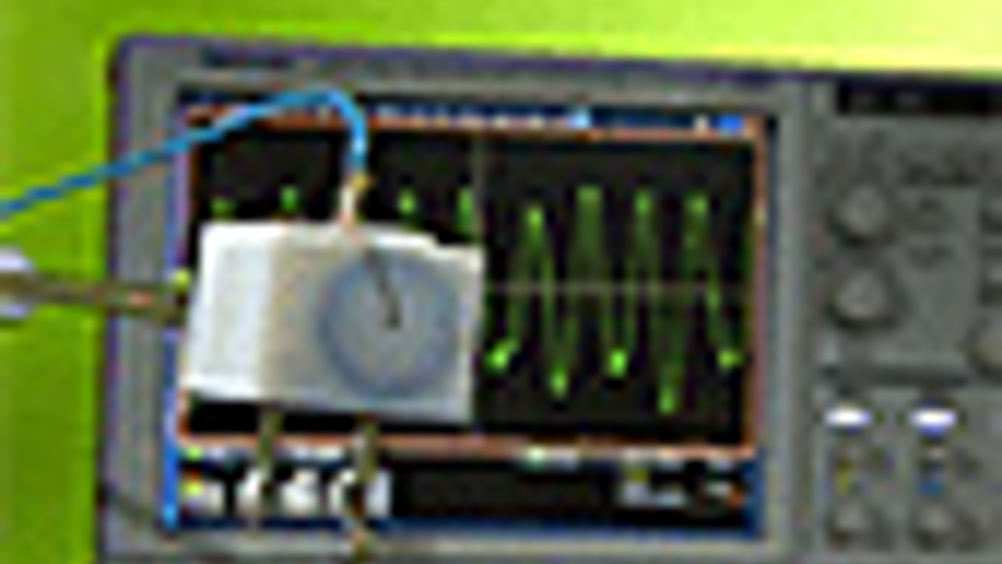Self-sufficient sensors

Researchers at the Fraunhofer Technology Group TEG in
The technology could enable pressure monitor sensors to supply themselves with energy rather than rely on batteries or wiring. Researchers at the TEG claim that this will reduce the cost and maintenance of sensors used in pneumatic plant.
The process takes place in a fixed housing, through which the medium is directed on a fixed course similar to that of blood circulating in the heart.
This produces a pressure fluctuation in the feedback branches, which in turn affects the piezoceramics. These then convert the fluidic energy into electricity in the microwatt or milliwatt range.
The device has the potential to be used in markets such as medical engineering and can operate in any supply network that uses fluid or gas on a fixed course.
Register now to continue reading
Thanks for visiting The Engineer. You’ve now reached your monthly limit of news stories. Register for free to unlock unlimited access to all of our news coverage, as well as premium content including opinion, in-depth features and special reports.
Benefits of registering
-
In-depth insights and coverage of key emerging trends
-
Unrestricted access to special reports throughout the year
-
Daily technology news delivered straight to your inbox










CCC Report Finds UK Climate Targets Still Within Reach
In 1990 67% of the UK´s electricity came from coal-fired power stations and even without renewables the transition to gas was a major contributor to...